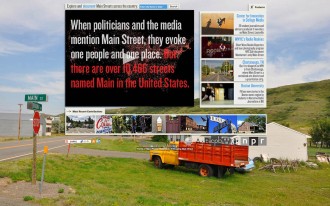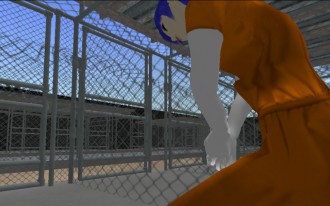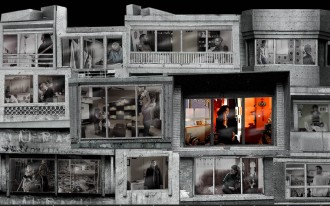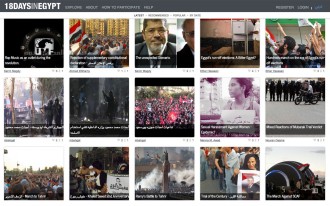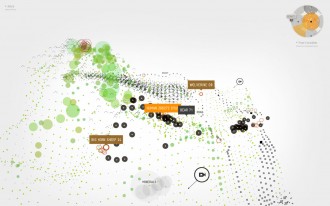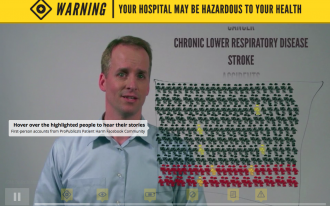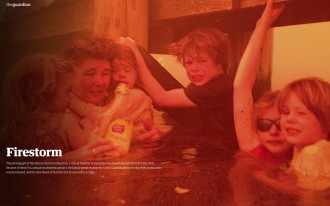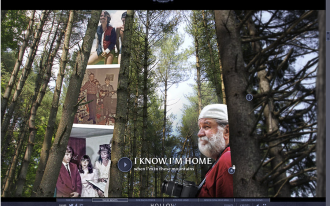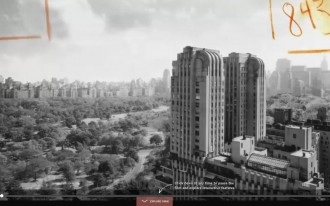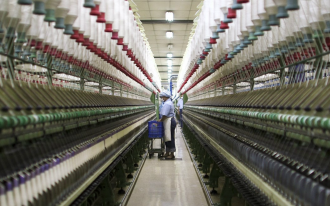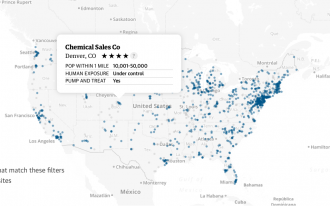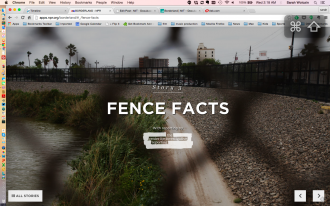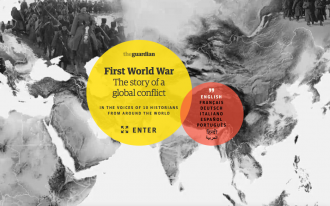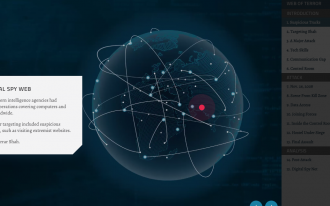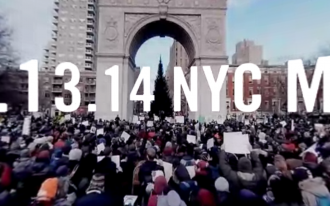Drawing on MIT’s legacy of media innovation and its deep commitment to open and accessible information, the MIT Open Documentary Lab brings storytellers, technologists, and scholars together to explore new documentary forms with a particular focus on collaborative and interactive storytelling. The Lab understands documentary as a project rather than as a genre bound to a particular medium. In the spirit of MIT’s open courseware and open source software movements, the Open Documentary Lab is collaborative and committed to sharing knowledge, networks, and tools. The Lab is catalyst, partner and guide to the future of reality-based storytelling.
Mapping the Intersection of Two Cultures: Interactive Documentary and Digital Journalism
The projects on this playlist mark the convergence of interactive documentary and digital journalism; two forms that, despite their distinctive institutional traditions, share common cause at the frontiers of fact-based storytelling. This convergence is the focus of a report researched and written by MIT’s Open Documentary Lab and supported by the John D. and Catherine T. MacArthur Foundation. It summarizes an eight-month investigation into how legacy journalism organizations are making use of innovative digital documentary techniques, in the process, transforming key components of their practice. It contextualizes and maps the views of the people who are leading change, charting their ambitions and concerns, tracking their organizations and strategies, and interpreting the larger patterns that have emerged.
The projects figure prominently in the report as examples of new production logics (reorganized workflows), institutional alliances (partnerships with other media organizations), innovative presentation strategies (from shaping a conversation with the public to visualizing data), and the creative use of institutional assets (archives in particular). They offer ways of rethinking the relationship to what Jay Rosen has called “the people formerly known as the audience.” And they demonstrate how the creative and critical use of interactive and participatory documentary techniques can advance the journalistic mission of creating an informed and engaged citizenry.
To read the full report, click here.

